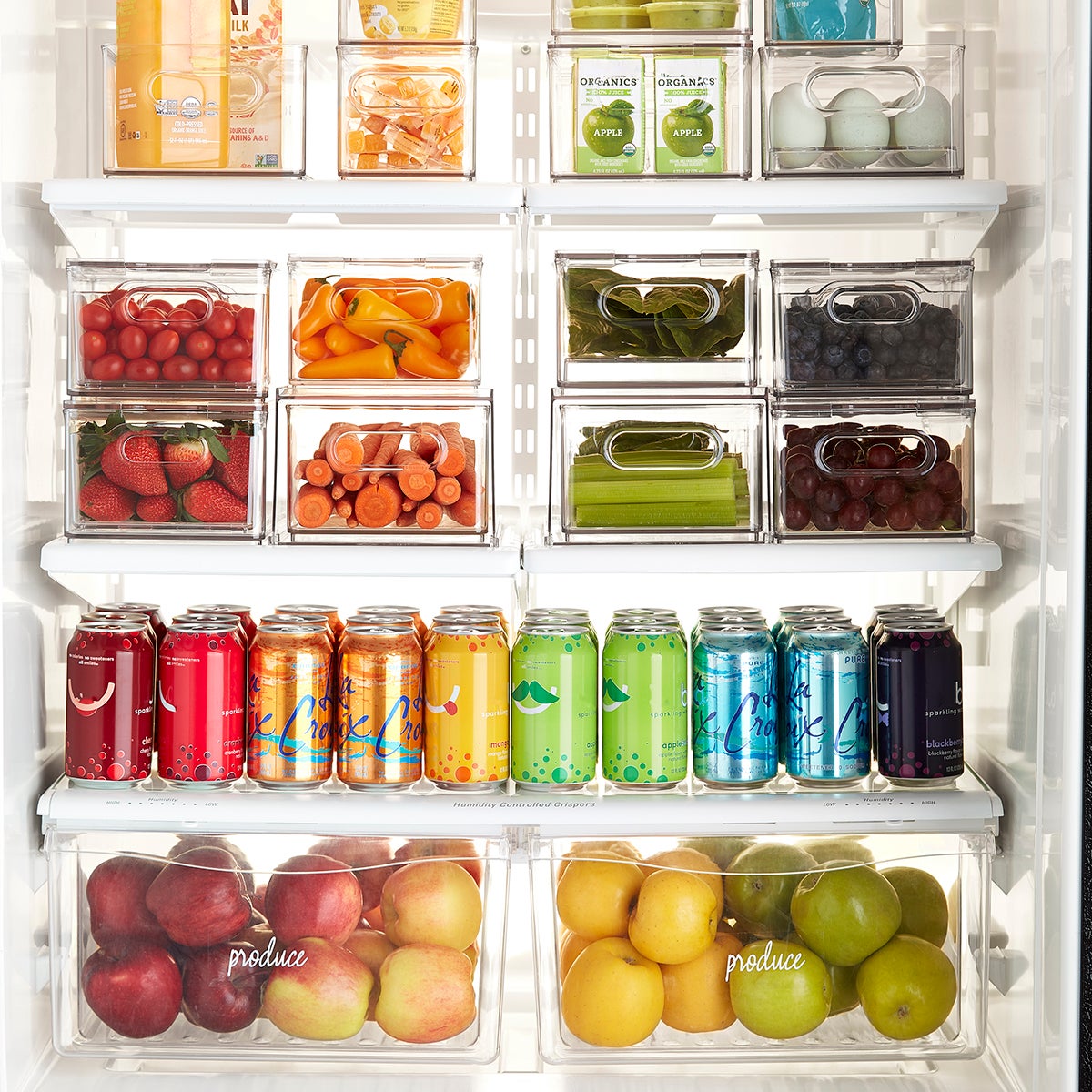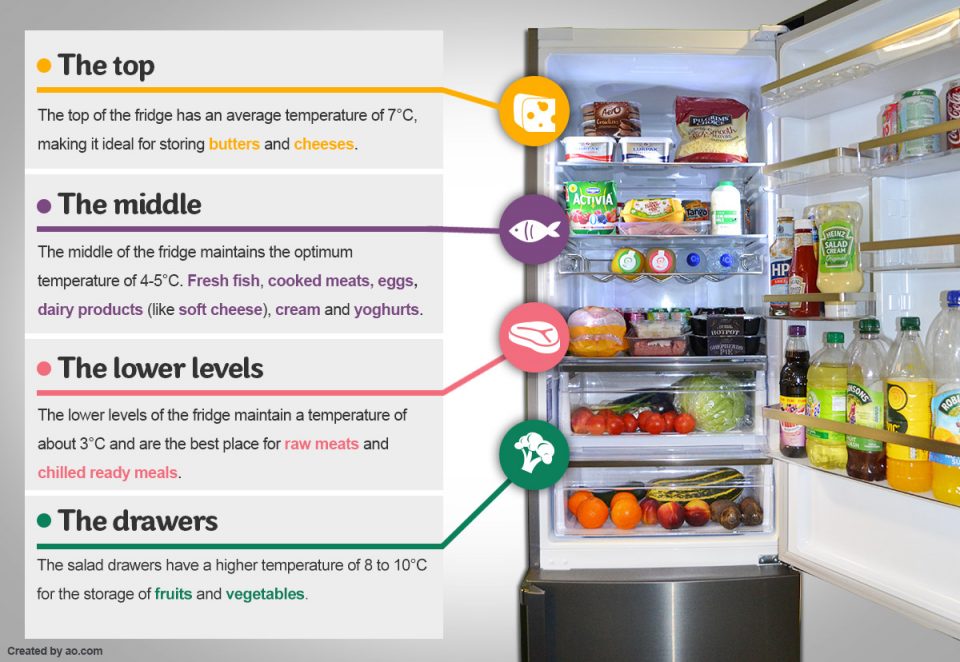Refrigeration Guidelines for Specific Foods

Put em in the fridge – Refrigeration is an essential part of food safety and preservation. Different foods have different optimal refrigeration temperatures and storage durations. Following proper refrigeration guidelines helps maintain food quality, prevent spoilage, and minimize the risk of foodborne illnesses.
Food Category, Optimal Temperature, Storage Duration, and Tips for Storage, Put em in the fridge
The following table provides refrigeration guidelines for specific food categories:
| Food Category | Optimal Temperature | Storage Duration | Tips for Storage |
|---|---|---|---|
| Fresh Meat | 28-32°F (-2 to 0°C) | 3-5 days | Store in airtight containers or wrap tightly in plastic wrap. |
| Poultry | 28-32°F (-2 to 0°C) | 1-2 days | Store in airtight containers or wrap tightly in plastic wrap. |
| Fish and Seafood | 28-32°F (-2 to 0°C) | 1-2 days | Store in airtight containers or wrap tightly in plastic wrap. |
| Eggs | 32-40°F (0 to 4°C) | 3-5 weeks | Store in original carton on a shelf in the refrigerator. |
| Dairy Products | 32-40°F (0 to 4°C) | 5-7 days | Store in original containers or airtight containers. |
| Fruits and Vegetables | 32-40°F (0 to 4°C) | Varies depending on type | Store in airtight containers or wrap loosely in plastic wrap. |
| Cooked Foods | 32-40°F (0 to 4°C) | 3-4 days | Store in airtight containers. |
Troubleshooting Refrigeration Issues: Put Em In The Fridge

Refrigerators are an essential part of our modern lives, helping to keep our food fresh and safe to eat. However, even the best refrigerators can sometimes have problems, leading to food spoilage or freezer burn. If you’re experiencing refrigeration issues, there are a few things you can do to troubleshoot the problem.
One of the most common problems with refrigerators is food spoilage. This can be caused by a number of factors, including:
- The refrigerator is not cold enough.
- The food is not properly stored.
- The refrigerator is overloaded.
To troubleshoot food spoilage, first check the temperature of your refrigerator. The ideal temperature for a refrigerator is between 35 and 40 degrees Fahrenheit. If your refrigerator is not cold enough, adjust the temperature setting accordingly.
Once you’ve checked the temperature, take a look at how you’re storing your food. Food should be stored in airtight containers or wrapped in plastic wrap to prevent air from getting in. This will help to keep the food fresh and prevent it from spoiling.
Finally, check to see if your refrigerator is overloaded. A crowded refrigerator can prevent air from circulating properly, which can lead to food spoilage. If your refrigerator is overloaded, remove some of the food and store it in a cooler or another refrigerator.
Another common problem with refrigerators is freezer burn. Freezer burn occurs when food is exposed to too much air, causing the moisture to evaporate and the food to become dry and tough. To prevent freezer burn, wrap food tightly in plastic wrap or aluminum foil before freezing it. You can also use freezer-safe containers to store food.
If you’re experiencing refrigeration issues, don’t despair. By following these troubleshooting tips, you can get your refrigerator back in working order and keep your food fresh and safe to eat.